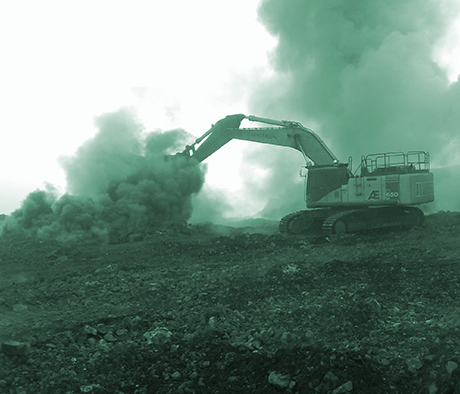Satellites set on waste sites
 A new system uses satellite data to spot waste sites on Earth.
A new system uses satellite data to spot waste sites on Earth.
Researchers have developed the new tool to monitor waste and reveal sites that may leak plastic into waterways.
The project is funded by mining magnate Andrew “Twiggy” Forrest’s Minderoo Foundation.
Every year, millions of metric tons of plastic waste end up in oceans, mostly coming from land-based sources that leak into watersheds.
Efforts to address this issue require better understanding of where people dispose of waste on land, but resources to detect and monitor such sites - both official sites and informal or illegal ones - are lacking.
In recent years, the use of computational tools known as neural networks to analyse satellite data has shown great value in the field of remote sensing. Building on that work, researchers developed a new system of neural networks to analyse data from the European Space Agency’s Sentinel-2 satellites and demonstrated its potential for use in monitoring waste sites on land.
To evaluate the performance of the new system, the researchers first applied it to Indonesia, where it detected 374 waste sites - more than twice the number of sites reported in public records.
Broadening to all countries across Southeast Asia, the system identified a total of 966 waste sites - nearly three times the number of publicly recorded sites - that were subsequently confirmed to exist via other methods.
The researchers demonstrated that their new system can be used to monitor waste sites over time.
In addition, they showed that nearly 20 per cent of the waste sites they detected are found within 200 metres of a waterway, with some visibly spilling into rivers that eventually reach the ocean.
These findings, as well as future findings using this system, could help inform waste-management policies and decision-making.
The data are publicly available, so stakeholders can use it to advocate for action within their communities. The researchers say the next steps are to refine and expand their new waste site-monitoring system globally.
More details are accessible here.







 Print
Print